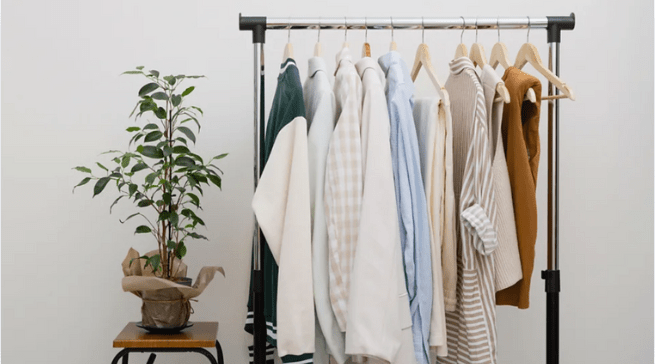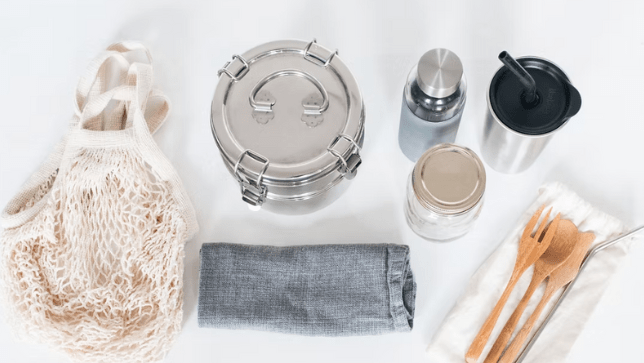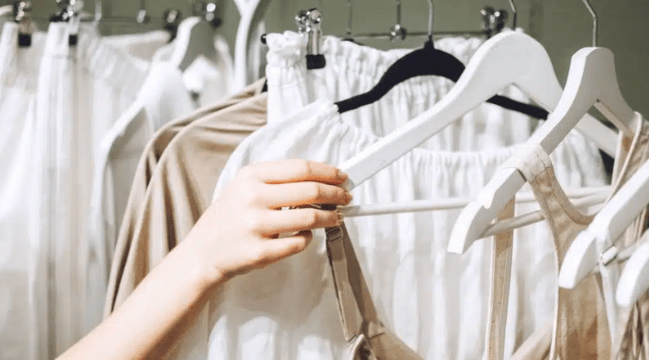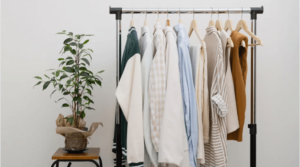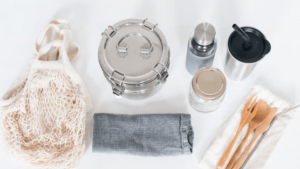Why Sustainable Fashion Matters for Women
-
Environmental Impact of Fast Fashion: Fast fashion leads to massive pollution through toxic dyeing and vast clothing waste that floods landfills. Women’s apparel is a major contributor to this waste.
-
Social and Ethical Issues: Many garments are produced under unsafe working conditions with unfair wages, often affecting women workers in developing countries. Sustainable fashion promotes fair labor and transparency.
-
Empowerment through Conscious Choices: Choosing sustainable fashion allows women to express their values by supporting ethical practices while wearing stylish, high-quality, and timeless clothes season after season.
Building Your Sustainable Wardrobe: Key Principles
-
Invest in Quality and Timeless Pieces: Opt for durable, well-made items like a classic dress or blazer that replace several cheap, fast-fashion items, reducing consumption.
-
Choose Versatile, Classic Styles: Favor neutral colors and clean lines to maximize mix-and-match potential and minimize excessive purchases.
-
Prioritize Eco-Friendly Fabrics: Look for organic cotton, hemp, linen, Tencel, and recycled fibers that minimize environmental harm.
-
Support Transparent and Ethical Brands: Seek companies that openly share supply chain info and prioritize fair labor and sustainability.
Sustainable Materials to Look For
-
Organic Cotton: Grown without pesticides, uses less water, and safer for skin and environment.
-
Hemp: Fast-growing, durable, breathable fabric suitable for many clothing types.
-
Linen: Biodegradable, gets softer with use, ideal for warm climates.
-
Tencel/Lyocell: Produced from sustainably managed wood pulp in eco-conscious processes, with a silk-like feel.
-
Recycled Polyester/Nylon: Made from repurposed plastics, reducing landfill pollution and fossil fuel use.
Leading Sustainable Women’s Fashion Brands
-
Amour Vert: Classic staples made from organic cotton, Tencel, and hemp.
-
Reformation: Fashion-forward, eco-conscious designs with sustainable materials.
-
Eileen Fisher: Pioneer in organic textiles and circular fashion with strong social responsibility.
-
People Tree: Fair Trade-certified, handmade collections focused on natural fibers.
-
Stella McCartney: Luxury brand integrating sustainability in design and production.
-
Tentree: Plants ten trees per purchase, committed to eco-friendly apparel.
Practical Tips for Sustainable Shopping
-
Audit Your Current Closet: Keep favorite pieces, recycle or donate what you don’t wear, and avoid impulse buys.
-
Buy Secondhand or Vintage: Explore thrift stores and resale platforms like Depop and ThredUp for affordable, sustainable finds.
-
Research Brands: Check certifications such as GOTS, Fair Trade, B Corp and read brand sustainability reports.
-
Care for Clothes Properly: Wash less, use cold water, air dry, and mend to extend garment life.
-
Consider Capsule Wardrobes: Build a small, versatile collection of key pieces for easy styling and less waste.
Emerging Sustainable Fashion Trends
-
Circular Fashion: Clothing designed to be returned, recycled, or reused to close the textile loop.
-
Tech-Driven Fabrics: Innovations like biodegradable fibers and waterless dyeing reduce environmental impact.
-
Rentals & Subscriptions: Renting clothes for special occasions reduces need for ownership and waste.
-
Local Craftsmanship: Supporting small-scale, artisan production preserves culture and reduces carbon footprints.
Myths Dispelled About Sustainable Fashion for Women
-
Myth: It’s dull or uncool. Reality: Many stylish, trendy sustainable brands exist.
-
Myth: It’s always expensive. Reality: Higher quality means longer-lasting, saving money over time.
-
Myth: It’s hard to find. Reality: Sustainable options are increasingly available online and offline.
-
Myth: It’s just a trend. Reality: Sustainability in fashion is becoming a permanent, consumer-led shift.
Conclusion
Sustainable fashion empowers women to combine style with responsibility. Investing in eco-friendly fabrics, ethical brands, and garment care practices supports a healthier planet and fairer industry. Curate your sustainable wardrobe today and walk confidently into a future where fashion respects people and the environment.
FAQs About Sustainable Women’s Fashion
Q1: How do I pick sustainable women’s clothing?
A1: Look for certifications (GOTS, Fair Trade, B Corp), check brand transparency, and choose eco-friendly materials.
Q2: Is sustainable fashion more expensive?
A2: Initial costs may be higher, but durability means long-term savings.
Q3: Is sustainable fashion stylish and trendy?
A3: Yes, many sustainable brands offer modern, fashionable options.
Q4: How to care for sustainable clothes?
A4: Follow care instructions, wash less often, use cold water, and repair when needed.
Q5: Where can I buy sustainable fashion for women?
A5: Many physical and online retailers now offer sustainable collections; check brand websites and eco-friendly platforms.
Q6: Is buying secondhand sustainable?
A6: Absolutely, it extends garment life and reduces demand for new production.

